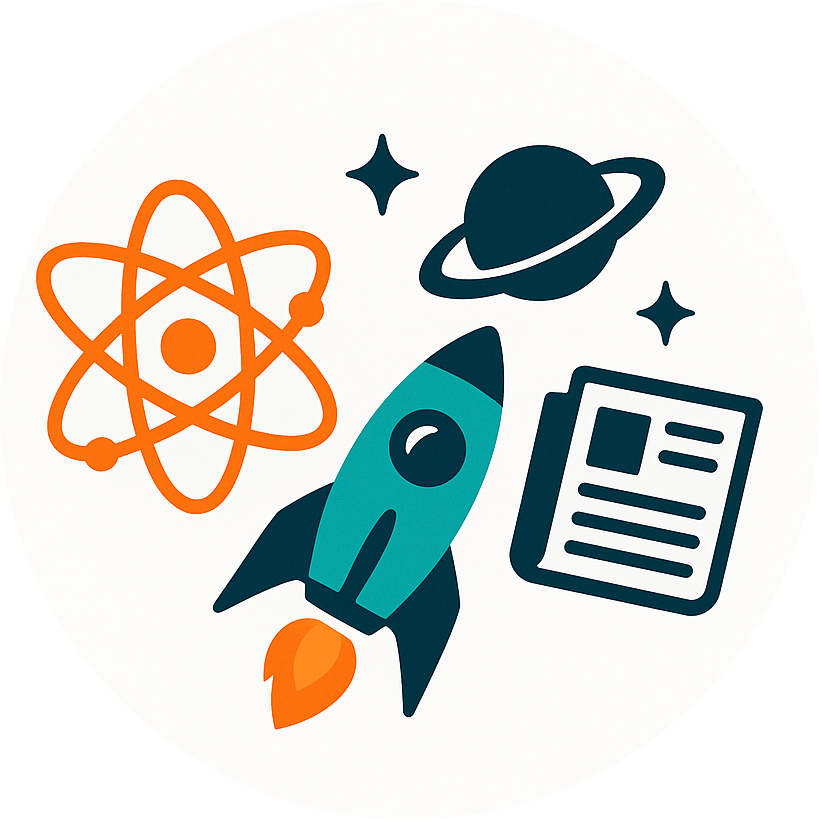
The Synergy of Sleep Science and Circadian Rhythm Innovations
The science of sleep and circadian rhythms is making significant impacts on health paradigms around the globe. A trio of groundbreaking studies highlighted in this week’s science headlines reveals the crucial role that sleep regularity, evolutionary insights, and artificial timekeeping advancements play in promoting a healthier society.
The Invaluable Role of Sleep Regularity
According to a study published in Science Daily, poor sleep habits—characterized by inconsistent bedtimes and disrupted circadian rhythms—can significantly elevate the risk for an array of diseases, including liver cirrhosis and gangrene. The compelling research, carried out on a massive cohort of over 88,000 adults, contradicts previous beliefs regarding sleep duration. This investigation underscores the importance of redefining “good sleep” to encompass the regularity of sleep schedules, a factor potentially as significant as sleep duration itself.
Artificial Cells: The Clockwork of Tomorrow
Simultaneously, researchers at UC Merced have broken new ground by engineering artificial cells capable of keeping perfect time. These cells mimic the natural circadian rhythms observed in living organisms. By synthesizing circadian machinery within tiny vesicles, the study demonstrates that even basic synthetic systems can maintain a consistent daily rhythm with the right protein composition. This innovation highlights a future where artificial cells may be used to study and manipulate biological clocks, providing more clarity and potential treatment options for disorders related to circadian misalignment.
Evolutionary Insights from Ancient Creatures
In an unexpected twist, paleontologists have uncovered ancient evidence suggesting humans’ bipedalism might have originated not solely for terrestrial locomotion but possibly as a sophisticated adaptation for tree-based movement. New fossil analyses of chimpanzees from the savannahs reveal that bipedal movement might have evolved to facilitate safe tree navigation. This finding, reported by Science Daily, challenges long-held theories and opens new avenues of research into how early humans adapted to changing environments.
The Intersection of Natural and Artificial Rhythms
The confluence of modern age sleep research and technological advancement in circadian rhythm control sets a formidable paradigm for addressing a multitude of health issues. The synergistic effects of stable circadian rhythms via biological and synthetic means could bridge gaps in our current understanding, aiding in the treatment of diseases tied to circadian disruption.
- The implication of such studies could be profound, targeting public health strategies that emphasize sleep regularity as a critical determinant of health.
- The potential application of synthetic circadian machinery could revolutionize therapeutic approaches, offering customized solutions for individuals struggling with sleep-related disorders.
Together, these insights form a compelling narrative that not only underscores the importance of understanding our biological clocks but also highlights the innovative strides science is making in harnessing their power for future healthcare breakthroughs. The road to a healthier future may well be paved with the insights gleaned from these pioneering studies, providing hope and direction in the quest for a better quality of life.



